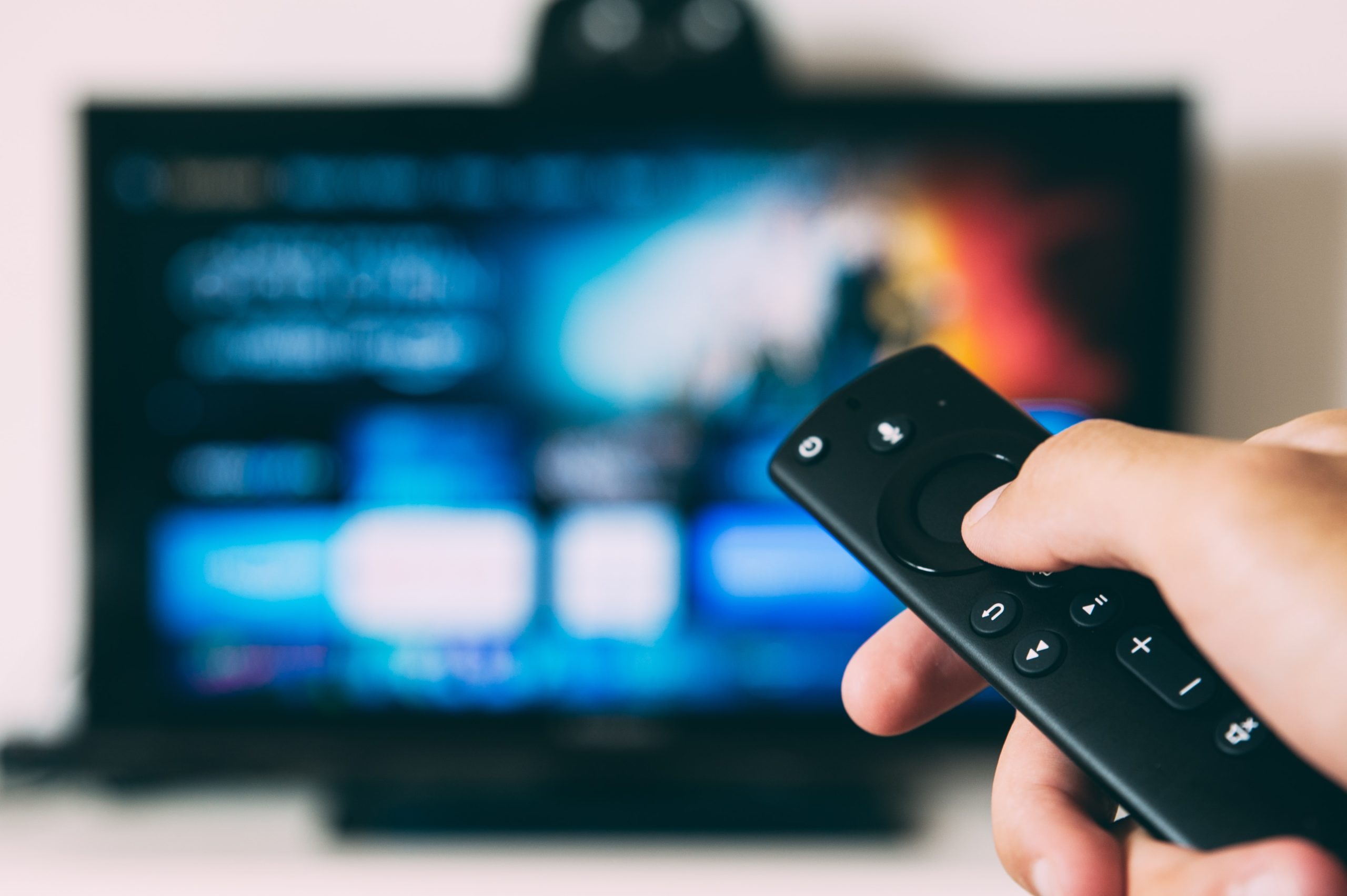What is Connected TV?

Connected TV refers to content consumed on Smart TVs that is typically accessed via subscription or fully ad-supported streaming providers (think Hulu, Roku, Amazon Prime, and others). Each of these providers use different models for how ads are displayed, but options typically range between higher cost subscriptions without ads to fully ad-supported free content.
Why should advertisers care?
Even before Covid-19 increased video consumption, the transition from traditional linear TV was already in full swing. As of 2020, over 45 million adults in the US have dropped their cable service, (up from 33 million people in 2018) and of those surveyed, over 50% reported they “didn’t miss anything” (the most-missed content includes live sports and local news). The number of “cord-cutters” (those who have dropped cable service) and “cord-nevers” (those who have never purchased cable) is only expected to increase in the coming years as more people make the switch, and as more millennials and Gen Zers enter the market. It’s no surprise that with an increase in cord cutting, there has been a tremendous increase in subscription-based streaming services, growing from 170 million viewers in 2018 to a projected 194 million in 2021. And that was pre-COVID, so it’s fair to assume that number will be even higher
In short, the future of TV is streaming services, which means the future of TV advertising is through programmatic Connected TV. And as Connected TV content continues to expand to live sports, local news, and network programming, digital advertising options and investments will begin to overtake their traditional counterparts.
What can you buy?
The shift to Connected TV presents a huge opportunity for advertisers to not only reach additional users, but to do so with the added benefit of unprecedented control over elements that are unavailable with traditional TV advertising. This includes user-level targeting, frequency control, and detailed performance measurement.
User-level targeting
Just like with programmatic display, Connected TV can be targeted to a wide variety of audiences, demographics, and contextual environments. Targeting with traditional TV is typically reliant on a specific channel or program. In contrast, Connected TV can be used to target almost any audience an advertiser can dream up. Plus, the advertiser has full control over when a user sees an ad and where the ad is ultimately shown. For example, let’s say an advertiser is selling home improvement products – with user-level targeting, they can target a DIY Home Remodelers audience wherever those users are watching TV.
Frequency control
With programmatic buying, an advertiser can directly control the number of times an individual household or user sees an ad. This is fully configurable, so it could be 3 times per day, once per hour up to 7 per day, or any other frequency that is desired. This ensures that a balance is reached between showing the user a message enough to have an impact without annoying potential customers with a repetitive message. Additionally, controlling the frequency cap at the user level allows a brand to ensure adequate reach, as it is much more effective to show 100 users and ad 3 times than 3 people an ad 100 times.
Performance measurement
Programmatic targeting also brings programmatic measurement and through cross device technology, Advertisers can measure the online/onsite actions of users that viewed a Connected TV ad. Not only does this enable an advertiser to actually measure the online impact of their advertising campaign, it also allows media buyers to analyze and optimize during a campaign flight, ensuring that each additional media dollar spent is more effective than the last.
How much does it cost?
Unlike Linear TV which often involves large upfront commitments, Connected TV is purchased programmatically on a CPM basis and as long as an advertiser selects the proper partner, a CTV buy can potentially have no minimums. This means a small local campaign with limited budget can access the same inventory as a large, national brand.
What marketers need to know
What’s not to like about the ability to target a precise audience, wherever they are watching TV, at the frequency you desire? As Connected TV continues to grow in popularity and viewership, now is the time to make your ad dollars work hard for you by investing in it. Capitalize on these valuable capabilities to not only impact users who are more likely to convert than a mass audience, but also to accurately measure performance to report on success and use data to refine your advertising efforts.



